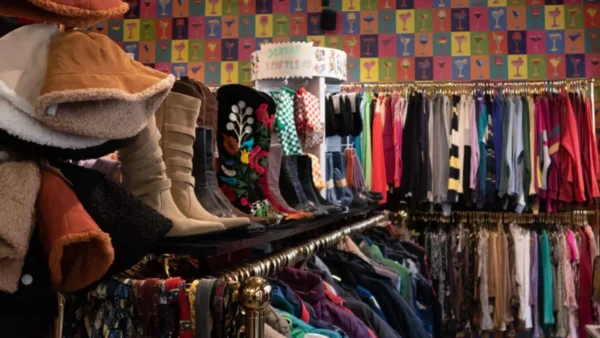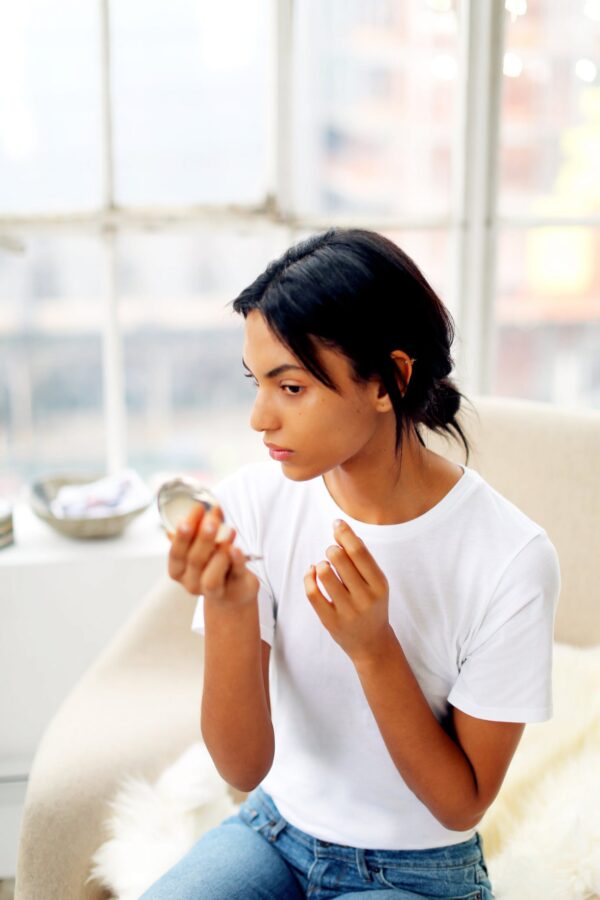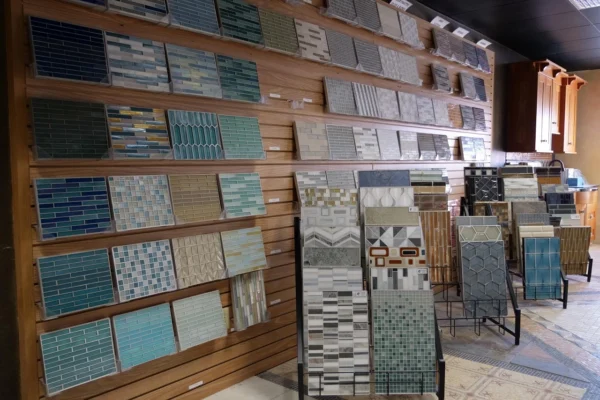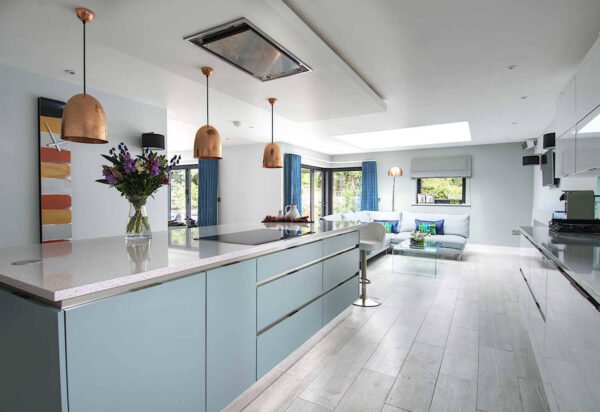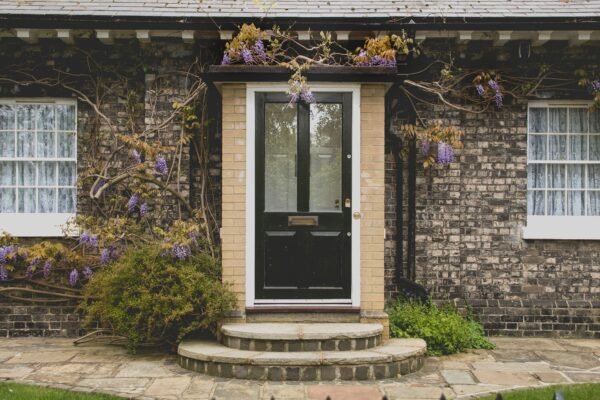
What You Need To Know About Maximalism

You’ve probably heard of minimalism – one of the biggest interior design trends in the world – but it’s likely that you haven’t heard of maximalism.
Becoming apparent for the first time in the 1970’s and then backing away from the spotlight for the next four decades, maximalism is again gaining popularity by the minute and is now set to be a favourite trend amongst designers everywhere.
This trend is the essence of passion, excitement, and control that can be aesthetically expressed through the use of decor. It offers a much-needed break from minimalism, and nothing is off limits. Instead, designers have the freedom to fully explore with materials in a way that differs from any other.
What is maximalism?
Maximalism, essentially, is the complete opposite of minimalism. Rather than focusing on creating a crisp, clean aesthetic with small amounts of simple furniture and natural pastel colours, designers have the opportunity to be explosive in their design. The idea of maximalism is to create an excessive, eclectic visual that combines a multitude of fabrics, colours, patterns, and periods in a vibrant and harmonious way. From using textured wallpapers and leather curtains, to being bold with colours and combining patterns, the decor possibilities of maximalism are endless.
Are you a minimalist or a maximalist?

Whether you’re a minimalist or a maximalist ultimately depends on your personality and who you are as an individual. Someone who connects with the minimalism trend usually enjoys the aesthetic of clean, crisp lines, maximum space and minimum possessions. On the contrast, someone who opts for maximalism is likely to feel happier when surrounded by a vast collection of items that have sentimental value, essentially creating a chaotic yet controlled space.
What you need to do to nail maximalism

One of the brilliant things about this incredible trend is that there’s no right or wrong way of doing it. The aesthetic you present depends on your passion for creating the ideal interior for your lifestyle. In laymen’s terms, you’re simply adding more of the things you love.
Although, in case you’re feeling a little unsure about where to start, here are 7 tips to help you.
1. Start with a solid base
In the same way your face needs a primer before you apply your foundation, any solid home design also needs a base. Choose a colour or flooring that stands out to you and build off it.
2. Head out on a shopping spree
Once you’ve got your base, it’s then time to head out on a shopping spree for your furniture and interiors. Purchase items that resonate with you because of the aesthetic they create.
3. Try something new
With maximalism, don’t be afraid to try something new. Whether it’s a colour that you’d usually shy away from, or a statement pattern, if you like it, include it in the design!
4. Be organised yet sporadic
Rather than throwing everything together and hoping for the best, try to be sporadic yet controlled with your furnishings. This creates the maximalism look, rather than the appearance of chaos.
5. Don’t shy away from colour
Colour, colour, and more colour is the way to go. Try incorporating a variety of colours that complement one another. Blue and orange look great together, and so do purple and yellow.
6. Consider including art work
Artwork is a brilliant way of injecting even more personality into a room. If there’s a piece of art you love, make it a focal point of the overall room design by having it as a featured piece.
7. Stick to what works for you
With any room design, you should try to ensure it works well with the flow of your lifestyle and reflects who you are as an individual. That’s what maximalism is all about.







